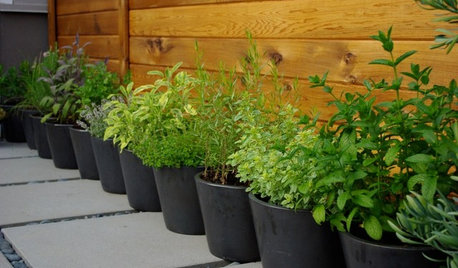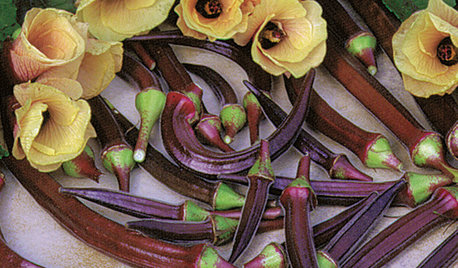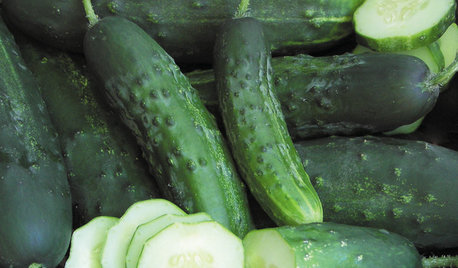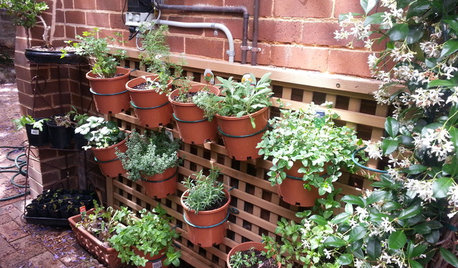Best place in country for growing fruit...
fabaceae_native
12 years ago
Related Stories

FALL GARDENING5 Fall Fruits You Can Grow in Containers
Brighten your porch or patio with a potted pomegranate, kumquat, blueberry bush or another great fall fruit
Full Story
EDIBLE GARDENSHow to Grow 10 Favorite Fruit Trees at Home
Plant a mini orchard in fall, winter or early spring to enjoy fresh-off-the-tree fruit the following year
Full Story
GARDENING GUIDES6 Ways to Grow Edibles in Small Places
No big backyard? Join in the grow-your-own fun with these small-space ideas for planting vegetables, fruits and herbs
Full Story
EDIBLE GARDENSHow to Grow Your Own Sweet Summer Crops
This guide will help any gardener get started on growing the freshest warm-season veggies and berries for summer
Full Story
GARDENING GUIDESSummer Crops: How to Grow Okra
Go for the gumbo with this quick-growing edible that brings colorful pods and delicate flowers to a summer garden
Full Story
SPRING GARDENINGSummer Crops: How to Grow Strawberries
Pluck your own sweet strawberries right from the garden vine for smoothies, salads or eating then and there
Full Story
SUMMER FRUITS AND VEGETABLESHow to Grow Your Own Fresh, Sweet Corn
Here's how to plant and care for your own mini cornfield
Full Story
SUMMER FRUITS AND VEGETABLESSummer Crops: How to Grow Cucumbers
Pick a peck for pickles or opt for fewer and raw — no matter how you slice them, cucumbers are great for summer gardens small to large
Full Story
FARM YOUR YARDIf You Have Room for Only One Fruit Tree ...
Juice up a small garden with one of these easier-care or worth-the-effort fruit trees for a mild climate
Full Story
FARM YOUR YARD14 Crazy Places to Grow Edibles
Some Houzzers may lack ground for gardening, but they’re never short on imagination
Full Story



bamboo_rabbit
johnmerr
Related Discussions
Growing fruit trees - best place to live
Q
where is the best place in Hawaii to grow everything
Q
Best place to grow tomatoes?
Q
Best place to grow Fruit Trees - OUTSIDE of California
Q
fruitnut Z7 4500ft SW TX
franktank232
Konrad___far_north
franktank232
alan haigh
fruitnut Z7 4500ft SW TX
fabaceae_nativeOriginal Author
fabaceae_nativeOriginal Author
fruitnut Z7 4500ft SW TX
fruithack
franktank232
fruitnut Z7 4500ft SW TX
alan haigh
tedgrowsit
theaceofspades
Kevin Reilly
econ0003
alan haigh
fruitnut Z7 4500ft SW TX
fabaceae_nativeOriginal Author
bob_z6
sautesmom Sacramento
calistoga_al ca 15 usda 9
franktank232
fabaceae_nativeOriginal Author
alan haigh
Kevin Reilly
econ0003
alan haigh
dylanduck14
Michael
nullzero
wizzard419
fruitnut Z7 4500ft SW TX
franktank232
fruitnut Z7 4500ft SW TX
theaceofspades
fruitnut Z7 4500ft SW TX
franktank232
alan haigh
theaceofspades
fabaceae_nativeOriginal Author
ravenh2001
alan haigh